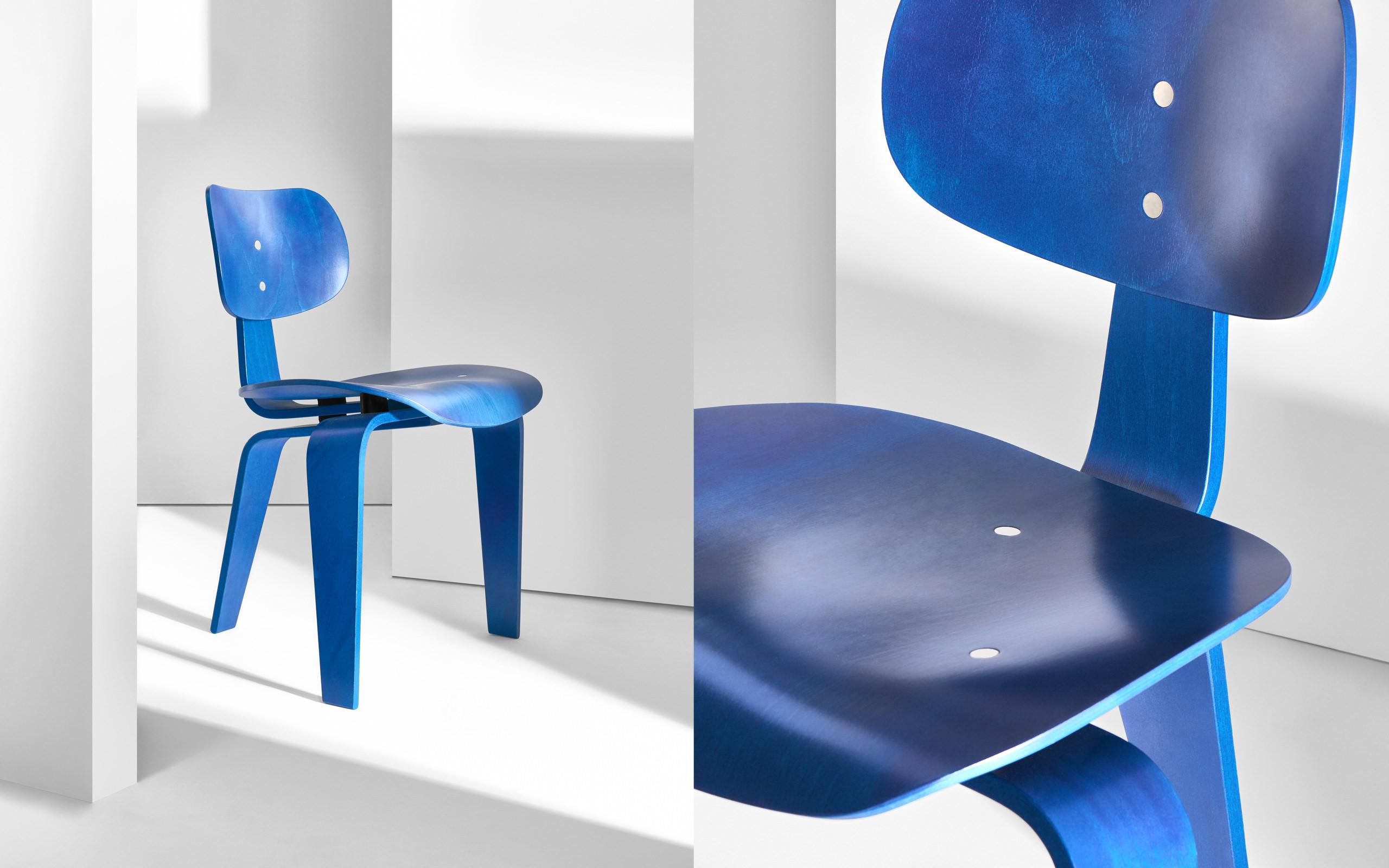70 Years SE 42
11.09.2019

The development of the SE 42 was the first seating furniture collaboration between Egon Eiermann and Wilde + Spieth. Its then new shape made it especially popular with architects. Alongside Egon Eiermann, renowned fellow architects ensured the first large-scale orders by using the SE 42 for their projects. At the same time, Wilde + Spieth launched extensive advertising campaigns to promote the chair and even offered it as a flatpack version with assembly instructions around 1953/54.
Gradually, the new plywood chair became more and more popular and the concept of combining innovative production technology, modern well-balanced design and easy assembly proved itself in practice, so that the chair is still produced in nearly identical shape, construction and with the same production methods by Wilde + Spieth today.

Eiermanns wanted to develop the SE 42 chair (then SE 3) exclusively from molded, mountable plywood parts. The design was based on the shape of the human body but at the same time ought to have its own aesthetics. The novelty of form, material and production method caused a comprehensive development process. The seat turned out to be the biggest challenge. The complexity of its shape and Eiermann’s aspiration to keep the bending radius of the seat front as small as possible, took the production to the limits of feasibility. Nevertheless the enduring process has paid off in many ways; seat and backrest were used in several following products – like the SE 68.

Parts of the SE 42

Advertisement “Modern Seating Furniture”, 1960s

Assembly instructions of the SE 42, 1950s
The collaboration between Egon Eiermann and Wilde + Spieth resulted in some furniture designs that are considered to be modern classics today. They were created during a time of change when new production techniques – such as the plywood bending technology – arose and raw materials were hard to come by. With their uncompromising, progressive designs they were the forerunners of a then new aesthetic and lifestyle that we now take for granted. This was already evident in the exhibition “Wie Wohnen?” in Stuttgart in 1949/50, in which the creative pioneers of their time presented their ideas in form of designs for living spaces. For the exhibition Eiermann designed a four-room apartment for a family of five. The SE 42 was already represented as a prototype. Wilde + Spieth provided for most of the models.

“Erfrischungshalle” in the old building of the Kaufhaus Merkur, Stuttgart, 1960s

Archive material, German Design Council, 1950s
The plywood bending technology has been successfully used in the USA since 1940. Wilde + Spieth already used molded plywood parts for their working chairs when they started to collaborate with Egon Eiermann around 1949. Then, these parts were manufactured by August Sommer in Plüderhausen/Württemberg. Via this connenction, Egon Eiermann came into closer contact with the new production technology and quickly recognized its advantages and creative possibilities which he was able to utilise for his furniture designs.

Exhibition view, Neue Sammlung, Pinakothek der Moderne
Photography
Studio Johannes Bauer, Tilgner–Kempf, Wilde + Spieth Archive, Rat für Formgebung
